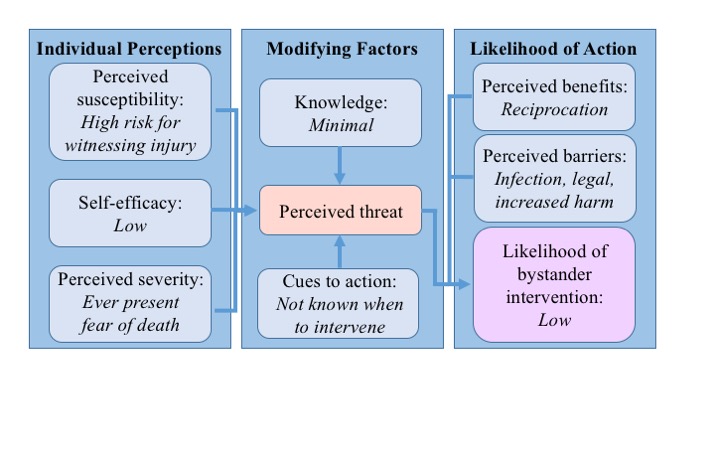K. B. Savoie1,5, T. M. Beazley3, B. Cleveland2, S. Khaneki4, T. Markel4, P. Hammer6, S. Savage6, R. F. Williams5 1University Of Tennessee Health Science Center,Department Of Surgery,Memphis, TN, USA 2Indiana University,School Of Medicine,Indianapolis, IN, USA 3University of Tennessee Health Science Center,School Of Medicine,Memphis, TN, USA 4Indiana University Health, Riley Hospital For Children,Division Of Pediatric Surgery,Indianapolis, IN, USA 5University Of Tennessee Health Science Center, Le Bonheur Children’s Hospital,Division Of Surgery And Pediatrics,Memphis, TN, USA 6Indiana University Health, Methodist Hospital,Division Of Trauma Surgery,Indianapolis, IN, USA
Introduction:
The historical tenets of treating penetrating rectal injuries (PRI) developed out of military trauma and often included presacral drainage to decrease risk of pelvic sepsis. With different weaponry associated with injuries in civilian trauma, there is equipoise on the utility of pre-sacral drainage (PSD), particularly in pediatric patients.
Methods:
IRB approval was obtained at two free-standing children’s hospital and two adult level 1-trauma hospitals. Data was retrospectively collected from July 2004-June 2014 and compared by age (pediatric patients <16 years) and PSD. A stratified analysis was performed based on age. The primary outcome was pelvic or presacral abscess.
Results:
We identified 92 patients with PRI; 23 pediatric and 69 adult. Forty-one patients had PSD; only 3 pediatric patients. Time from injury to presentation was longer in pediatric patients (284 vs 46 minutes, p<0.01) and they were more tachycardic on arrival (110 vs 89, p<0.01). There was no difference in the proportion of patients presenting in shock. Adult patients had higher estimated blood loss (250 vs 10 mL, p<0.01). However, in a stratified analysis there was no difference in either adult or pediatric patients in preoperative, operative, or postoperative transfusion requirements between those with PSD and those without PSD. Adult patients were more likely to have sustained gunshot wounds (GSW; 84%). There was no significant difference in work-up between the two age cohorts with regard to rectal exam or proctoscopy.
Adult patients were more likely to have AAST grade 3 injuries (57%) and pediatric patients were more likely to have AAST grade 2 injuries (83%; p<0.01); there was no association between AAST grade and PSD placement. Pediatric patients were more likely to have distal extraperitoneal injuries (52% vs 27% in adults, p=0.03). Overall, PSD was more common in adult patients (59% vs 14%, p<0.01), African-American patients (68% vs 2% Caucasian, p<0.01) and those sustaining GSWs (62% vs 17% impalement, p<0.01); in a stratified analysis only race remained significant for both adult and pediatric patients.
There were 3 cases of pelvic or presacral abscess, all in the adult patients (p=0.31); 1 patient with PSD and 2 without PSD (p=0.58). In a stratified analysis there were no differences in any infectious complication: In adult PSD patients there were 2 wound infections; there was 1 intraabdominal abscess in those without PSD. There were 2 mortalities, both in patients without PSD. In children, there was 1 wound infection, 1 urinary tract infection, and 1 case of pneumonia, all in children without PSD.
Conclusion:
Pelvic or presacral abscess is a rare complication of PRI, especially in pediatric patients. Presacral drainage is not associated with decreased rates of infectious complications and may not be necessary in the treatment of PRI. Further prospective studies are needed in both adult and pediatric patients to determine utility.





